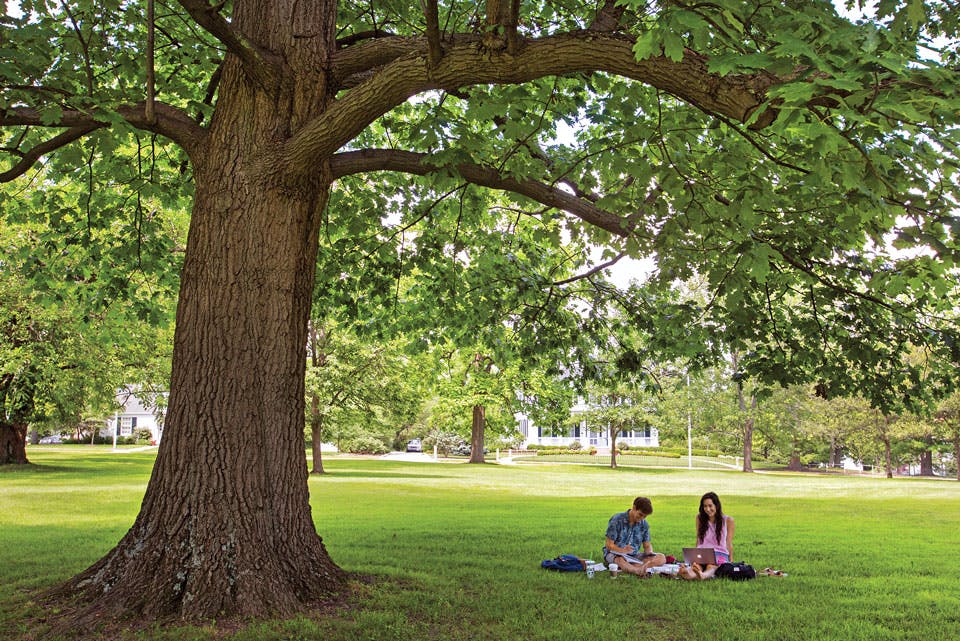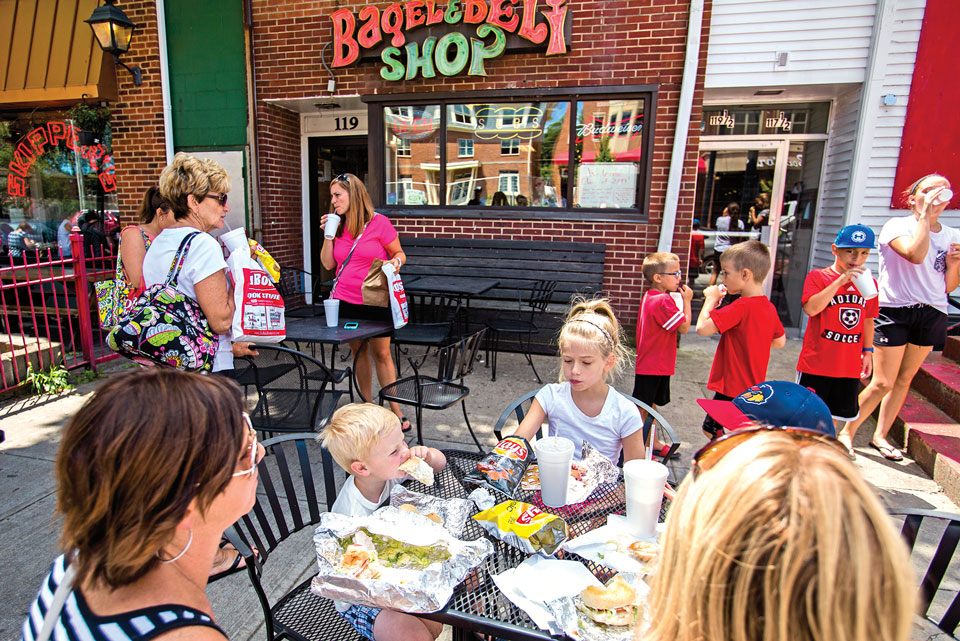Ohio Life
Ohio College Tours: Miami University
The university merges a picturesque campus with excellent undergraduate programs and a strong sense of tradition.
Related Articles
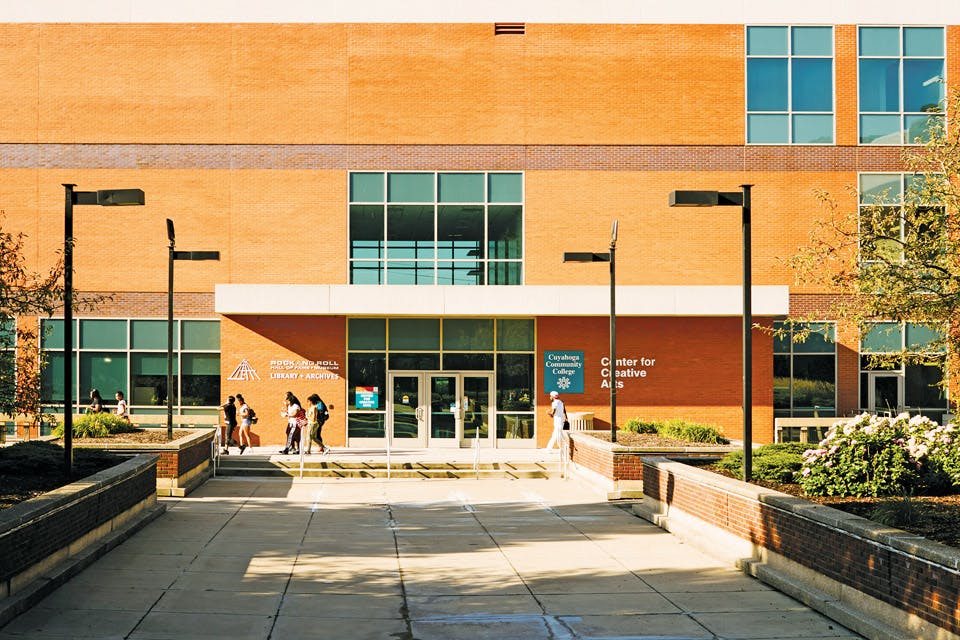
The College Tour: Cuyahoga Community College
Cuyahoga Community College’s Metropolitan Campus in downtown Cleveland offers class schedules, educational styles and interactive experiences that cater to a range of students. READ MORE >>
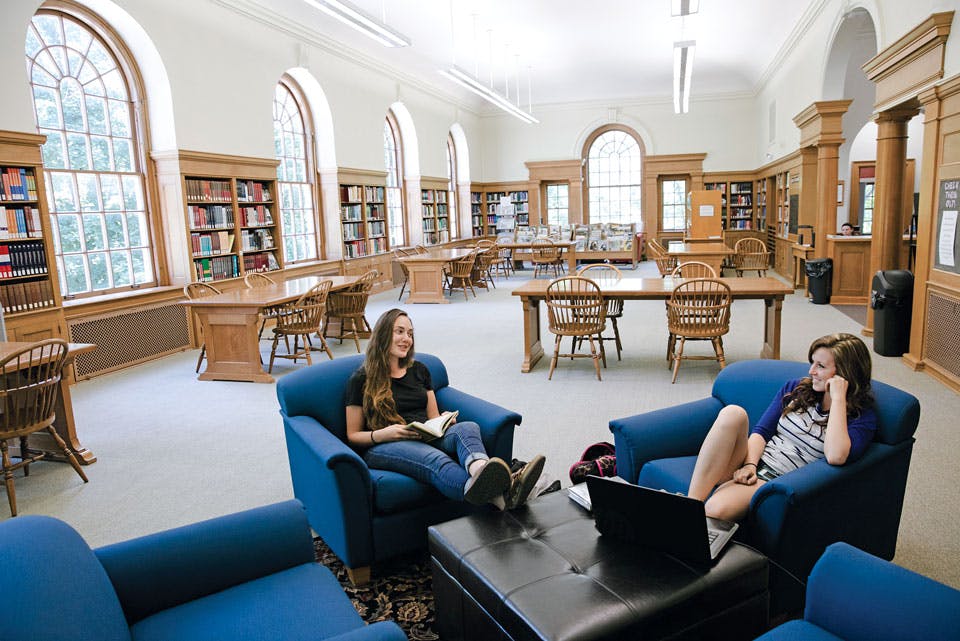
Ohio College Tours: Bluffton University
The university helps students find their path by focusing on both personal development and service to others. READ MORE >>
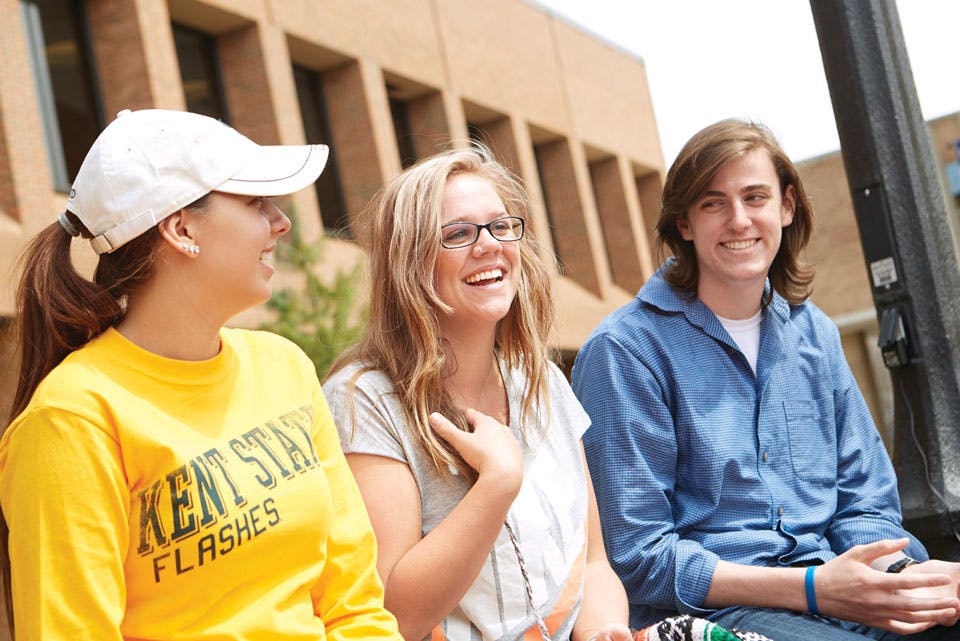
Ohio College Tours: Kent State University
The university collaborates with the city to create inviting downtown development and valuable educational opportunities. READ MORE >>


